Is TFT display better than LED?
When comparing TFT (Thin-Film Transistor) displays to LED (Light-Emitting Diode) displays, it's essential to understand that these two terms refer to different components of a display system. They are not directly comparable, as they serve different purposes in the overall display technology. Let's clarify the difference between TFT and LED displays:
TFT Display: TFT is a type of technology used to control individual pixels on a liquid crystal display (LCD). TFT acts as a switching mechanism for each pixel, allowing the LCD to display images accurately and with better color reproduction. TFT displays are commonly used in LCD screens found in televisions, computer monitors, tablets, and smartphones. The primary advantage of TFT technology is its ability to offer precise control over each pixel, leading to improved image quality and faster response times.
LED Display: LED, on the other hand, refers to the backlighting technology used in LCD displays. LED backlights have largely replaced older CCFL (Cold Cathode Fluorescent Lamp) backlights due to their higher energy efficiency and longer lifespan. LED displays are found in various devices, including televisions, computer monitors, laptops, and commercial display panels. LED backlighting enhances brightness, contrasts, and color accuracy in LCD screens, contributing to better overall image quality.

Comparison:
In terms of comparison, it's important to note that TFT and LED are not competing technologies, but rather complementary components within LCD displays. TFT controls the individual pixels, while LED provides the backlighting. The actual comparison should be between different types of display technologies, such as OLED (Organic Light-Emitting Diode) and LED.
Additional resources:The Advantages of Stamp Hole Core Board SOMs
Understanding Heavy Duty Vehicle Batteries
String Inverter: Harnessing Solar Power Efficiently
Tips for Maximizing the Lifespan of Your Power Battery
Applications of LiFePO4 Prismatic Cells
Power Banks: Unleashing Portable Power on the Go
Understanding the Difference Between Electrolytic Capacitors and Normal Capacitors
OLED vs. LED: OLED displays, unlike LCDs, do not require a separate backlighting system because each pixel emits its own light. This results in deeper blacks, higher contrast ratios, faster response times, and better viewing angles. OLED displays are commonly found in high-end smartphones, OLED TVs, and premium devices where image quality and design are paramount.
LED (LCD) vs. OLED: Both LED (LCD) and OLED technologies have their strengths and weaknesses. LED (LCD) displays generally offer more affordable options, better outdoor visibility due to higher brightness levels, and less risk of burn-in. On the other hand, OLED displays excel in image quality, thinness, and energy efficiency.
Conclusion:
In conclusion, it is not accurate to directly compare TFT touch screens to LED displays since they serve different roles in display technology. TFT is a technology used to control pixels on an LCD screen, while LED refers to the backlighting technology used in LCD displays. The comparison should instead be between different display technologies like OLED and LED (LCD). Each technology has its advantages and is best suited for specific applications and user preferences. OLED displays are known for their superior image quality, while LED (LCD) displays offer cost-effective solutions with better outdoor visibility and less risk of burn-in.
Understanding the Types of Drone Motors
Applications of Indoor Load Breaker Switches
What are the Features and Capabilities of Rockchip SOM?
What are Advantages and Applications of Single Phase String Inverters?
Choosing the Right Car Starter Battery
A Comprehensive Guide to Residential Energy Storage
Applications of Multi-angle Pole Bases
Related Articles

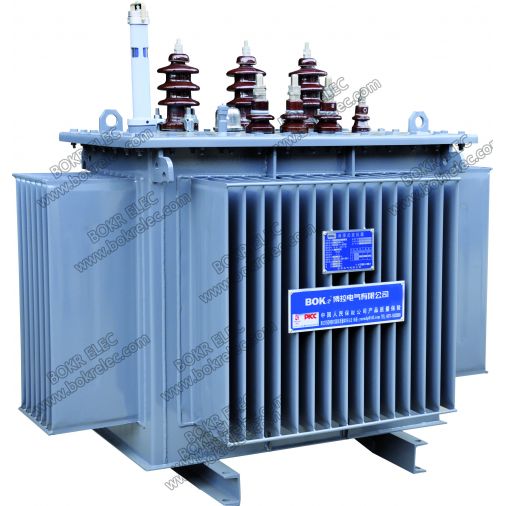
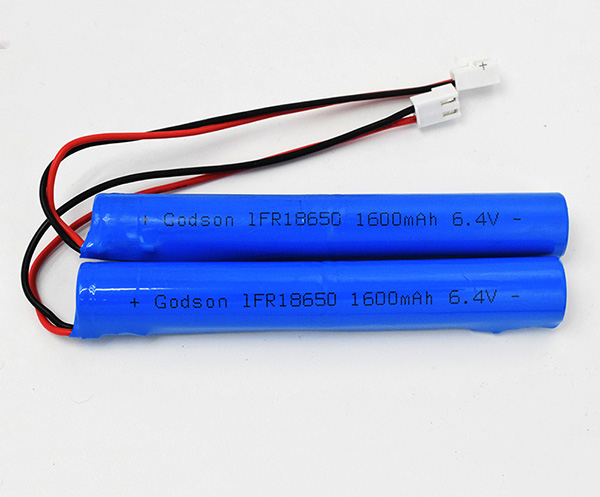
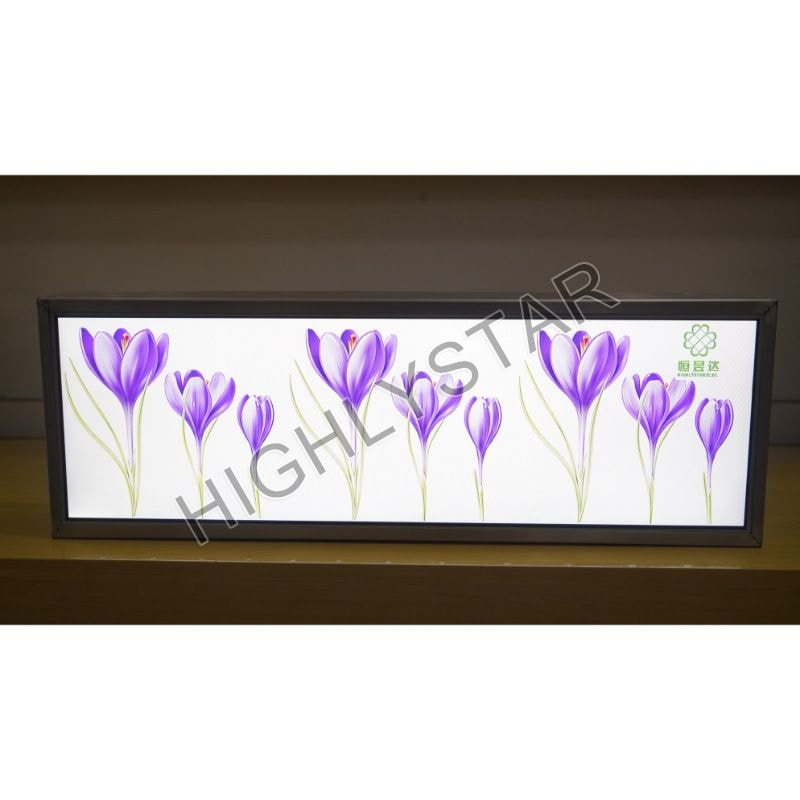


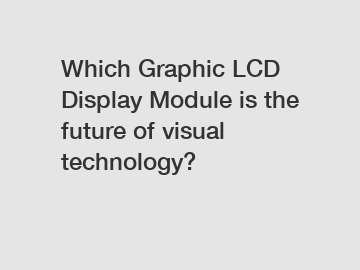

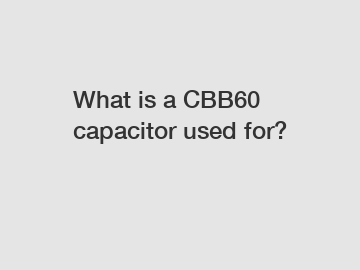
Comments